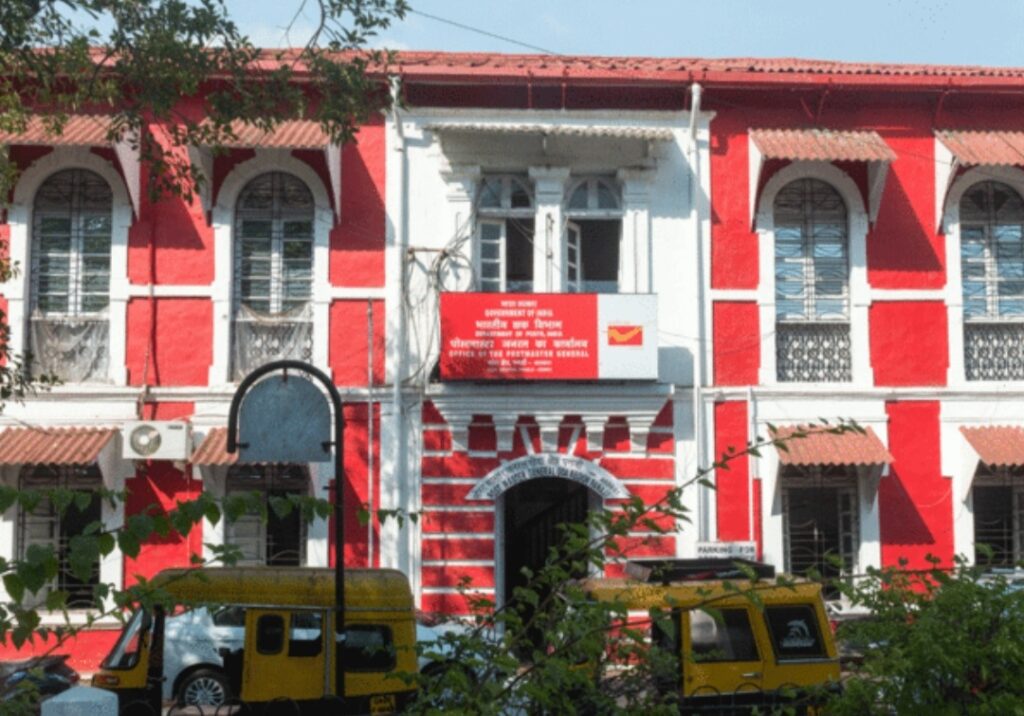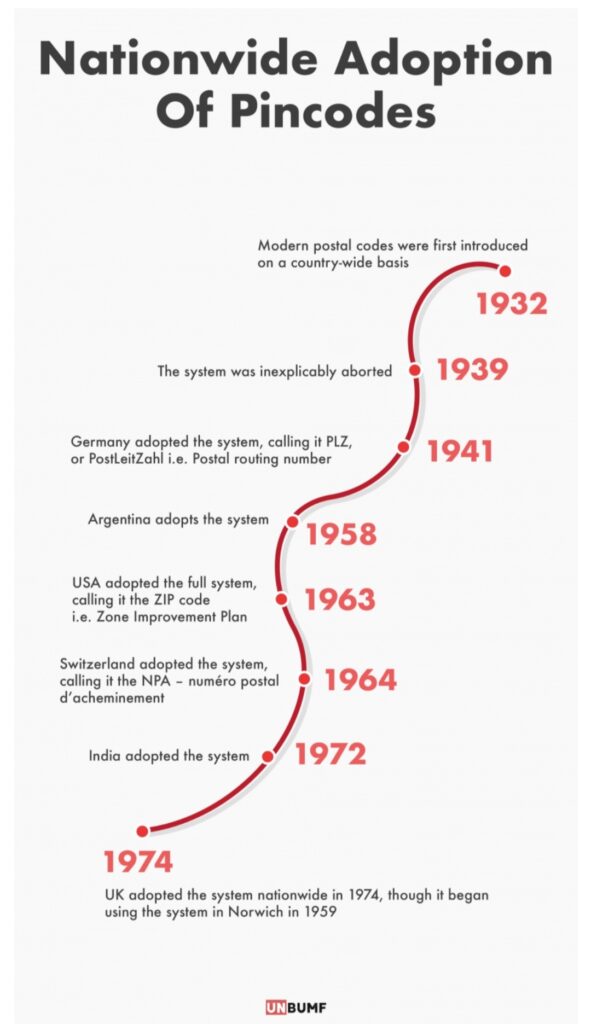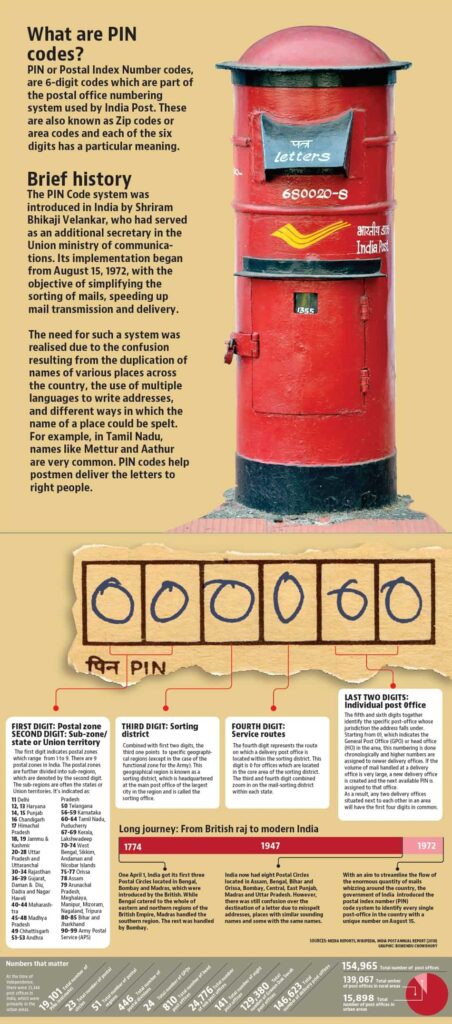PIN codes have been around for a long time and while the digitalization of things has resulted in a lot of our ways changing, PIN codes remain extensively important to a generation that is used to getting everything at their doorstep, quite literally! These codes look like numbers placed together but there is so much more to that.
PIN codes are needed right from all your bank documents, online shopping, food orders, government documents and even sending a post. But how did it start?

Evolution of PIN codes
The history of PIN codes dates back to World War I when the areas were divided into zones in European countries and were further spread to the USA, as well during World War II. Although, the first time there was a system made for PIN codes was in 1932, in Ukraine. The government had adopted a system in the country, using codes. The sender was supposed to write the code of the area they wanted to send it to, along with the message at the end. However; eventually, it did not work out.
In the US, the PIN code is referred to as the ZIP code. It was introduced on 1st July, 1963. During this time, five-digit zip codes were introduced which were then later changed to 5+4 digits, making it more comprehensive and error-free.
When did PIN codes come to India?
PIN codes in India are a more recent phenomenon compared to other countries. In 1774, the first four circles were introduced to the postal system – these were Bombay, Bengal, and Madras. Post-independence, the circles of the postal system increased to eight. These were Bengal, Bombay, Madras, Assam, Bihar-Orissa, Central-East Punjab, and Uttar Pradesh.
Besides, a country like ours is too large to be managed by merely; eight circles. There was also a possibility of duplication of addresses and miscommunication because of the varied languages used. Our country was too large; geographically and population-wise. On 15th August 1972, the postal index number or the PIN code was introduced as we know it today.
During this time, India was growing at a fast pace and we needed a postal service that could fulfill the growing demand. Shriram Bhikaji Velankar, then secretary in the Union Ministry of Communications was also a senior member of the Post & Telegraphs board. He was also a Sanskrit scholar and a poet.

Decoding how PIN codes work
PIN codes have been used by our ancestors when wanting to send letters to us or using it to get our groceries. It is one of the few tools of communication that have evolved with time. This is because regardless of how digital the world gets, in order to PIN down a geographical location, a PIN code is an accurate way to reach one.
The PIN code is a 6-digit number. The first digit of the PIN code ranges from 1 to 9. This digit indicates one of the nine postal zones in India. These postal zones are then divided into sub-zones.
The second digit of this number is the sub-zone which is usually the state or the union territory. This region further leads to the third digit of the PIN code, which is the sorting office. The sorting office is the main post office of the state or region.
Then comes the service route which makes up the fourth digit. This refers to the route at which, the district office is located from the sorting office. 0 refers to those offices which are located at the core of a district. The last two digits of the postal code are what narrows down the individual offices. They specify the exact post office under which it falls into. These usually start at the Head office, and then the rest of the offices in the district follow.

The Indian postal service is one of the most extensive networks in the world, and today, there are offices of over 1.5 lakhs in our country! The PIN code helps make the system more accurate, and also reduces misplacing of packaging. What works best with these PIN codes is that the clarity of each digit makes sure that there is lesser room for error.
The way we post things, and what we post might have changed, but the importance of these PIN codes remains!
Written by Freya Dholakia
Edited by Kushi Mayur
